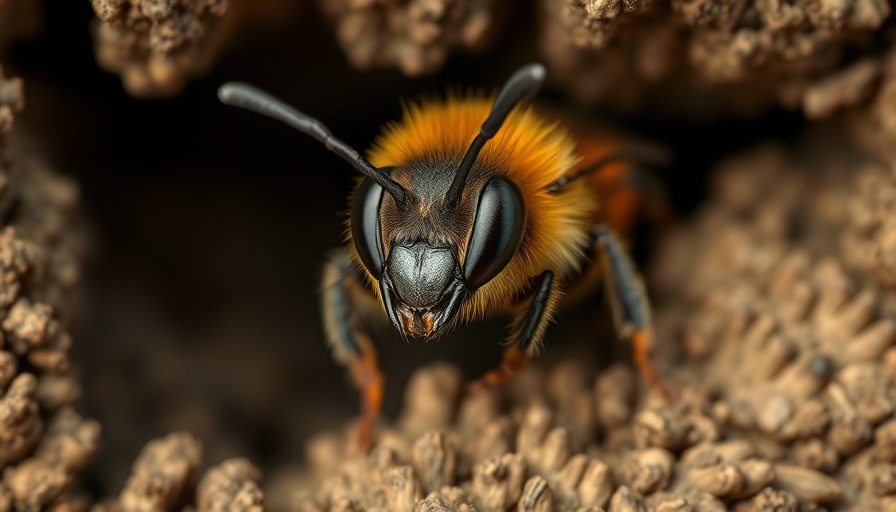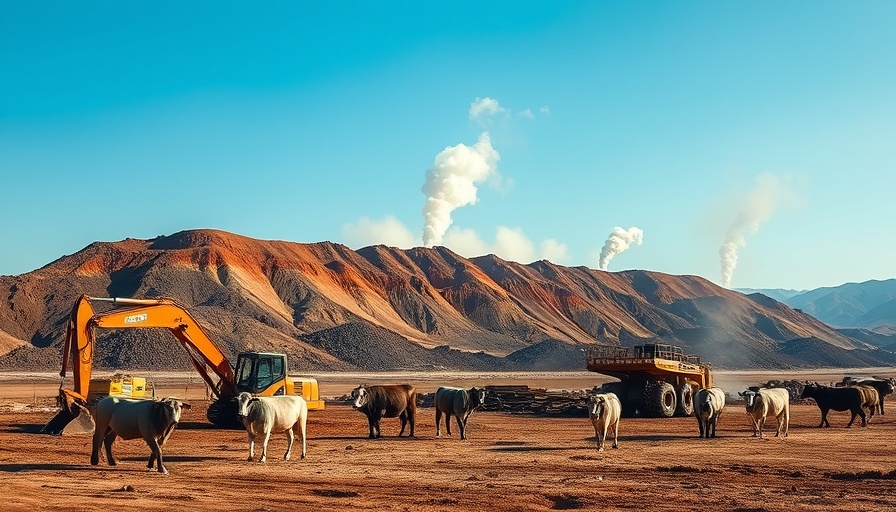
Reviving Pollinators: The Importance of Bee Hotels in a Changing Climate
As wildfires increasingly devastate natural habitats, the crucial role that native bees play in pollination becomes more apparent. With wild pollinator populations declining due to climate change and frequent wildfires, scientists and conservationists are urgently seeking solutions to support these essential species. Research conducted by Dr. Kit Prendergast at the University of Southern Queensland highlights how bee hotels — specially designed habitats for cavity-nesting bees — can significantly aid in the recovery of these pollinators following wildfire events.
The Power of Bee Hotels
Bee hotels are artificial nesting structures that provide safe spaces for various native bee species. Constructed from materials like wood and PVC piping, these structures serve as vital nurseries for flowering plants — ultimately promoting ecosystem health. As Dr. Prendergast stated, "Native bees are often the key pollinators of wildflowers, so finding a practical way to support their recolonisation and recovery after bushfires is crucial.” This innovative approach not only benefits the bees but also ensures the restoration of biodiversity.
Fire Recovery and Pollinator Preservation
Dr. Prendergast and her team installed bee hotels across five sites within the devastated Jarrah forests of Western Australia. The study monitored bee activity over a seven-month period, showcasing the hotels' effectiveness in attracting native bees and supporting their nesting needs. Remarkably, the results showed that every functioning bee hotel was utilized, with over 800 nests occupied by native bees at hotel locations, compared to control sites devoid of such interventions.
Honey Bees vs. Native Bees: A Competitive Landscape
While the findings provide a promising outlook on native bee recovery, the presence of honey bees, which can outcompete native species for resources, remains a challenge. As Dr. Prendergast observed, areas with high honey bee activity saw fewer native bees utilizing the available resources. This indicates a complex dynamic influenced by competitive pressures, underscoring the need for targeted efforts to enhance native bee populations.
Implications for Future Conservation Efforts
The study not only sheds light on the importance of post-fire recovery strategies for native bees but also calls for heightened investment in pollinator habitats as a cornerstone of ecological restoration. By focusing efforts on establishing bee hotels in fire-affected regions, conservationists can help mitigate the impacts of climate change and wildfires on pollinator populations, ultimately supporting the sustainability of plant life.
 Add Row
Add Row  Add
Add 




Write A Comment